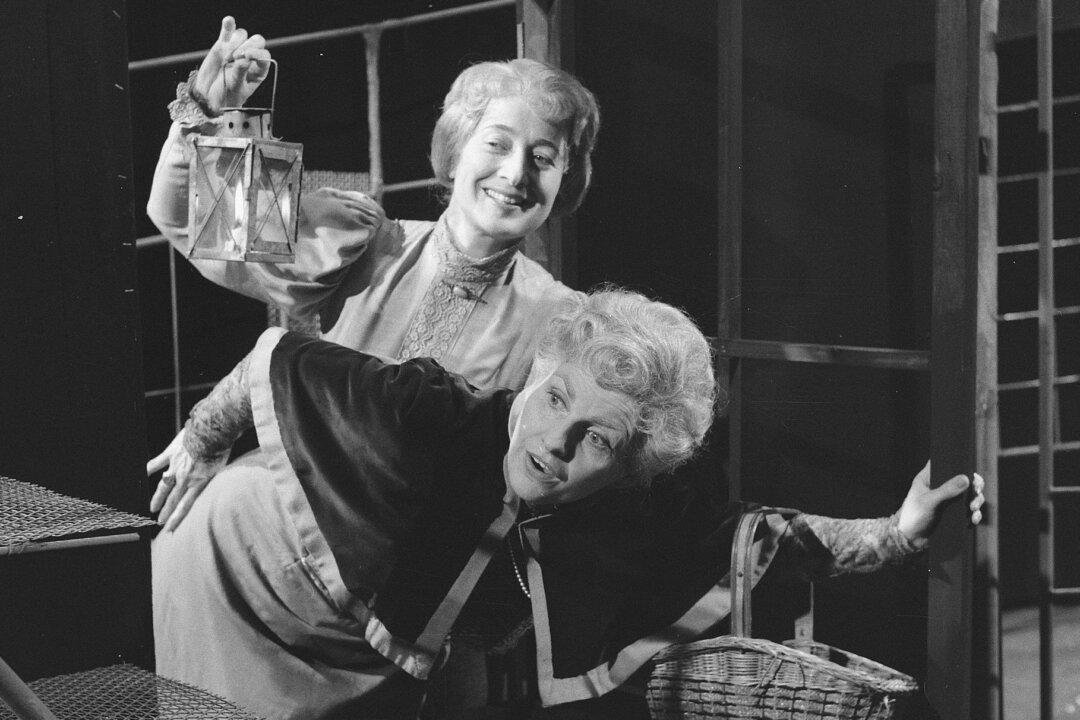When you think of opera premieres, you probably picture grand opera houses in Europe. Here in the United States, New York’s Metropolitan Opera House is synonymous with opera. In the 1930s, the Metropolitan Museum of Art, or the Met, in New York began broadcasting opera performances live from their stage on NBC Radio. Live Met shows weren’t the only operas NBC featured, however. The broadcasting station also commissioned original pieces.
One of the most successful operas written for radio was “The Old Maid and the Thief,” which premiered on NBC on April 22, 1939. Both the music and the lyrics were written by Gian Carlo Menotti, an Italian-born composer who is now known as one of the foremost American opera composers of the 20th century. Since this was the first opera he wrote in English, Mr. Menotti wrote the words in his native Italian first and then translated them, which accounts for some odd phrasing choices.
The original production was performed before a studio audience, with a narrator describing actions for radio listeners. Although the broadcast only lasted around an hour, it consists of 14 scenes. The opera was first performed onstage in 1941, when Mr. Menotti revived the work in Philadelphia. Since then, it’s been much more popular among university vocal arts departments than opera companies because of its brevity, small cast, and simple production.





